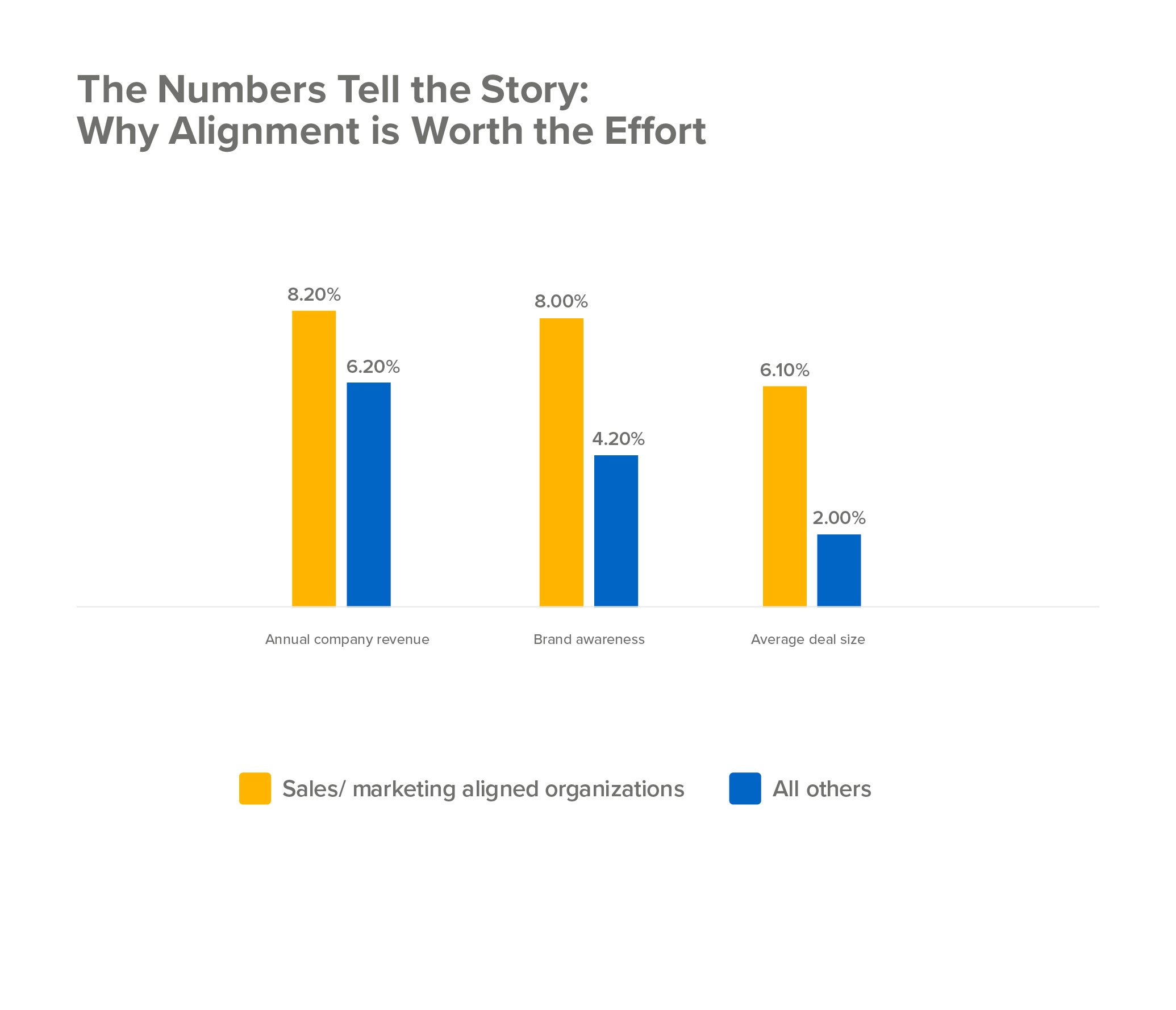
You’ve read the title right.
Let’s talk reality.
Your potential prospects are not responsive to your calls, your emails remain unread, and marketing materials that you produce seem to interest no one.
Have you ever wondered why? You might be thinking that:
“It’s the marketing department’s fault! These leads are useless.”
“The sales department is lying, did they even contact the leads?”
“It’s the agency, we invested such a huge budget and it all went to waste!”
If no one takes the blame, then whose fault is it? Have you ever considered that the loophole, is the one you’ve been ignoring all along?
What if the target audience you describe aren’t responding, because it’s no longer relevant to them? What if they've evolved? What if their needs’ have changed?
And if so, who’s supposed to take note of that? Who’s supposed to bring the update? The sales department? The marketing department? Your Ad Agency?
You see, when the world evolves, consumer behaviour world changes too. And more than ever, this is an era where the Sales & Marketing departments NEED to be in alignment.
Day by day, people are responding to situations in a different way that requires you to change your traditional approach in acquiring leads. But perhaps, your current company structure has kept you repeating the method that you’ve used for the past 10 years.
Sales team does their job, the marketing team does their job. You don’t talk because of mutual disagreement, but you’re expecting our company to thrive in that climate?
If both departments have separate perspectives, KPIs and goals, you’re restricting your revenue from growing.
Without taking active steps for two departments to join hands, you are bound to make losses and keep making losses. That cycle will keep continuing, and one day you’ll find your departments blaming each other, with disappointing campaign results time after time.
Many organizations don’t reach their full potential of increasing their annual revenue because they don’t see this misalignment as a legitimate problem. Do you fall into this category?
The truth is, your revenue growth is on the line. Statistics tell us that a loss of sales productivity and wasted marketing budget costs companies AT LEAST $1 trillion a year. Not even a million or a billion, It’s way beyond that!
And according to additional research, the root of this problem brings a 7% decline in revenue earnings for any given organization.
Still not convinced? Here are the negative effects of a company when the Sales and Marketing team don’t align. Ask yourselves these questions:
Sales is targeting Trendy Tracy, but why is Marketing targeting Competitive Calvin?!
Who are you targeting? Are both teams targeting the same audience?
Your sales representatives are doing the groundwork and working hard to attend to the customers, while the Marketing Team contributes to the branding & digital campaign with a focus on making ads appealing to the right audience.
BUT
How can two departments that promote the same product, and have a different version of an ideal audience? Two heads, two different opinions? In fact, that leads both teams to work towards two isolated directions, how is that going to work?
These are the departments that are CRUCIAL and heavily involved in attracting quality prospects and retaining existing customers for the benefit of the organization’s growth.
Unfortunately, they usually don’t agree on who their ideal customer is.
And, what’s the long term effect? Two teams going their own way, in hopes that cheques will come falling down.
Different opinion → Misaligned Ad Targeting → Low Quality Leads → Inter-department Blaming → Lost of Revenue
Now, next question.
How do you categorize your lead, and what’s your lead nurturing process like?
In fact, how many times have you called your lead?
For example, Terence from sales receives a lead from marketing (who worked hard in their campaign planning), he calls the lead but gets frustrated because the lead is not ready to buy. He considers it a waste of his time and throws the contact number away.
That right there - is the problem.
Many salesmen stop engaging with a MQL after the first call. Don’t be that Salesman.
Just like pursuing relationships - If the girl you like says they’re not interested the first time, do you just give up trying? NO. You have to start becoming her friend FIRST.
Your MQLs are relationships worth pursuing.
And both departments need to agree on the best way to convert the prospect into a closed deal for the organization, if not you’re wasting all your hard earned contacts.
Stop wasting opportunities to bring that lead further into their buying journey and convert them into a customer. Here’s the undenying fact, if both departments don’t categorize a lead into the stages that they are in, such as ‘not ready’ or ‘considering competitors' offer’ or ‘likely to purchase’ or ‘needing education on product’ then you are left with a continuous unproductive cycle that brings you no benefit nor profit.
At the end of the day, you’ll end up throwing away contacts of many prospects that could become paying customers, because you were not patient enough to nurture them by understanding their needs. Or you could misinterpret their needs due to the misalignment of both teams.
And that’s a loss for the entire organization.
Not having a shared understanding of how to bring the prospect through the buyer's journey will jeopardize your revenue makings and, it might make your customers classify you as “that hard sell brand that they need to avoid.”
Are both departments consistent on the product’s selling point?
Are you highlighting the membership factor, or the discount? Has both departments come to an agreement or are you silently doing things your way?
Nothing hijacks the buyer’s journey more than inconsistent & misleading messaging with a prospect or customer. Your messages are the forefront of what a prospect hears about and if that is miscommunicated, the confusion might drive them away.
If your salesperson and marketing personnels are using two different sets of lingo, names, terminologies, features to attract the customer, that communicates a lack of clarity to the prospects as well.
Your choice of words are important - and it needs to be consistent.
And if you’ve been in the industry long enough, you’ll know that clarity is key. In other words, your content, leads gen campaign and marketing efforts have to match the message that your salesperson is carrying as well.
Studies revealed that 85% of companies - whose sales and marketing team have fragmented messaging - claim that the effectiveness of their content is “very poor” to “neutral”. For those with consistent messaging, over 60% say that the content meets buyer needs “Well” or “Very Well”.
In fact, when the content encountered during a buying journey is inconsistent, it produces doubt. Though it seems subtle, research shows that it's capable of causing revenue generation to diminish by 11%.

Source: Super Office
As troublesome as it might be, you might want to talk to your colleagues from the sales department.
-
Does the sales department find your content marketing useful?
-
Are they confident to show it to a prospect, knowing that it has a high chance of convincing them? Why or why not?
-
If not, what would they suggest otherwise? What are the content that the Sales team end up creating for themselves when they go out to meet customers?
The sales team might know the personality of their prospects and the key selling point, the marketing team may be able to offer their thoughts on the sensitivity of words, phrases and messaging to represent the brand consistently and accurately.
All you need to do is to talk.
Not in defensive mode, but with a collaborative spirit.
Fractured messaging between your sales and marketing departments will eventually drive potential customers away, and that will most definitely have negative implications on your business results.
“Okay, we get it, so what now?”
We’re glad you asked.
Since the structure of your company can’t be changed overnight. We’d suggest for both departments to align on a campaign basis.
In other words, whenever a campaign is planned, both departments should be having discussions together in the meeting room.
When you want to plan a campaign, both departments should be on-board to achieve the same goal and the same KPI.
-
Agree On A Buyer Persona - It’s vital that both departments come to an agreement of WHO your ideal buyer is.
-
Agree On Your Goals - A shared goal system will birth KPI that will translate into actionable steps for both teams to accomplish in order to sell efficiently.
-
Agree On Marketing Messages - Sales reinforces the same messaging the Marketing produces and uses them to their advantage in closing deals.
-
Agree On How to Segment MQL & SQL - Both departments should discuss how they should segment, engage and follow up with MQLs and when to approach an SQL.
-
Agree On Regular & Effective Communication - implement regular opportunities to review and examine leads and their ongoing processes, and encourage the sharing of concerns and constructive feedback whilst establishing rapport with one another to actively work towards that common goal.
What do you think?
We hope you’ve found this helpful. And if you want to engage clickTRUE to conduct a digital marketing campaign, we’ll be sure to chat with both your marketing and sales team to build a strong foundation for your campaign success.
Want to engage with us? A 30-minute consultation will empower you with steps moving forward.



 hello@clicktrue.biz
hello@clicktrue.biz
 info.my@clicktrue.biz
info.my@clicktrue.biz info.th@clicktrue.biz
info.th@clicktrue.biz info.id@clicktrue.biz
info.id@clicktrue.biz info.vn@clicktrue.biz
info.vn@clicktrue.biz




